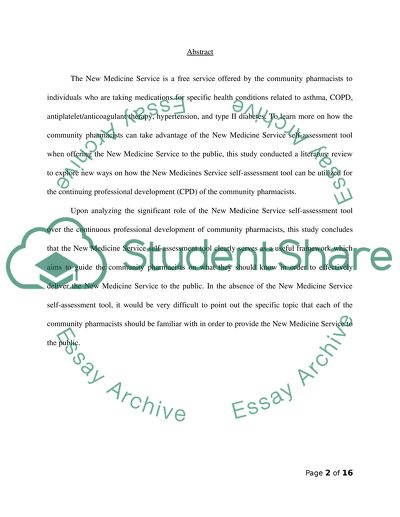Cite this document
(“New Medicines Service Self-assessment Tool Undertakes Relevant Literature review”, n.d.)
Retrieved from https://studentshare.org/health-sciences-medicine/1447443-the-impact-of-the-new-medicines-service-self
Retrieved from https://studentshare.org/health-sciences-medicine/1447443-the-impact-of-the-new-medicines-service-self
(New Medicines Service Self-Assessment Tool Undertakes Relevant Literature Review)
https://studentshare.org/health-sciences-medicine/1447443-the-impact-of-the-new-medicines-service-self.
https://studentshare.org/health-sciences-medicine/1447443-the-impact-of-the-new-medicines-service-self.
“New Medicines Service Self-Assessment Tool Undertakes Relevant Literature Review”, n.d. https://studentshare.org/health-sciences-medicine/1447443-the-impact-of-the-new-medicines-service-self.


